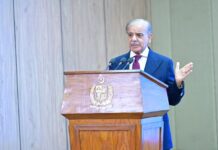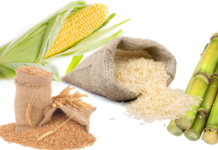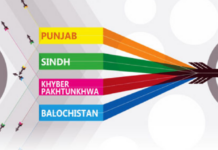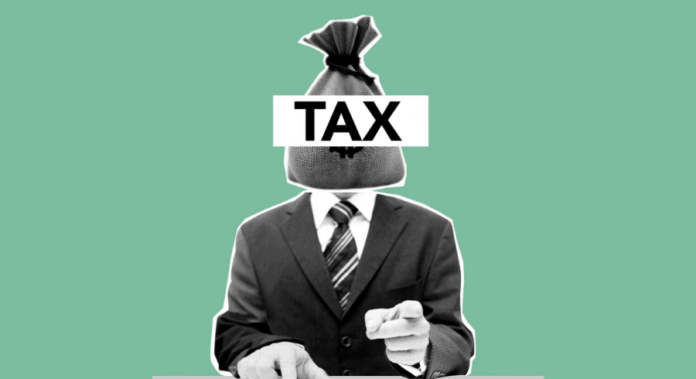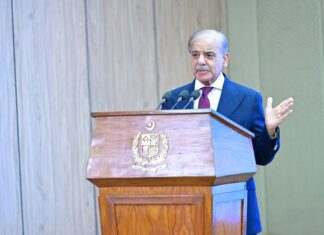The government is considering setting an ambitious tax revenue target of over Rs14.3 trillion for FY2025-26, marking a Rs2 trillion (16%) increase over the downward revised target of Rs12.3 trillion for the outgoing fiscal year, according to The Express Tribune, which cited senior FBR officials.
The tentative figure—equivalent to 11% of the projected GDP for the next fiscal year—may be adjusted depending on the size of the economy, but is already being vetted for plausibility by the International Monetary Fund (IMF), whose team is scheduled to visit Pakistan on May 14.
According to government sources, at least Rs500 billion in new tax measures may be necessary to bridge the gap and make the target realistic, over and above the Rs1.3 trillion in additional taxation imposed during the current year, largely burdening the salaried class.
Despite these efforts, the FBR has faced a shortfall of Rs830 billion so far, underscoring concerns about the diminishing tax-paying capacity of the economy and the urgent need to broaden the tax base. In a parallel effort to compensate for revenue gaps, the government has already raised the petroleum levy by Rs18 per litre, taking it to Rs78, a move viewed by many as a mini-budget in disguise.
Finance Minister Muhammad Aurangzeb is expected to present the FY26 budget on June 2 or 3, ahead of Eid holidays. When contacted by the aforementioned, Aurangzeb confirmed that the government is still reviewing proposals submitted by stakeholders, despite an April deadline to respond.
Meanwhile, the Overseas Investors Chamber of Commerce and Industry (OICCI) has presented its budget proposals, urging the government to focus on reforming the tax regime and addressing informal economic activities.
Among key demands is a gradual reduction of corporate income tax from 29% to 25%, abolition of 10% income surcharge on individuals earning above Rs10 million, a tax exemption on income up to Rs100,000 per month, reintroduction of zero-rated sales tax for exports under EFS, reduction in sales tax on milk to 5% (currently 18%), and a reduction in excise duty on beverages and juices.
OICCI also advocated withdrawal of Rs5,000 currency notes to curb the cash economy and highlighted disproportionate burdens on the salaried class, which paid Rs391 billion in 10 months—10% of total income tax, while traders contributed just 0.6%.
However, the chances of several proposals being accepted remain slim given IMF constraints, particularly on reversing GST measures or granting sector-specific relief.
The projected Rs14.3 trillion tax target comes in contrast to this year’s original goal of Rs13 trillion—10.6% of GDP—which had to be revised downward due to lower growth and inflation.
As Pakistan prepares its next budget under IMF scrutiny and in a precarious fiscal environment, balancing revenue ambitions with economic realities and fairness remains a critical challenge.






